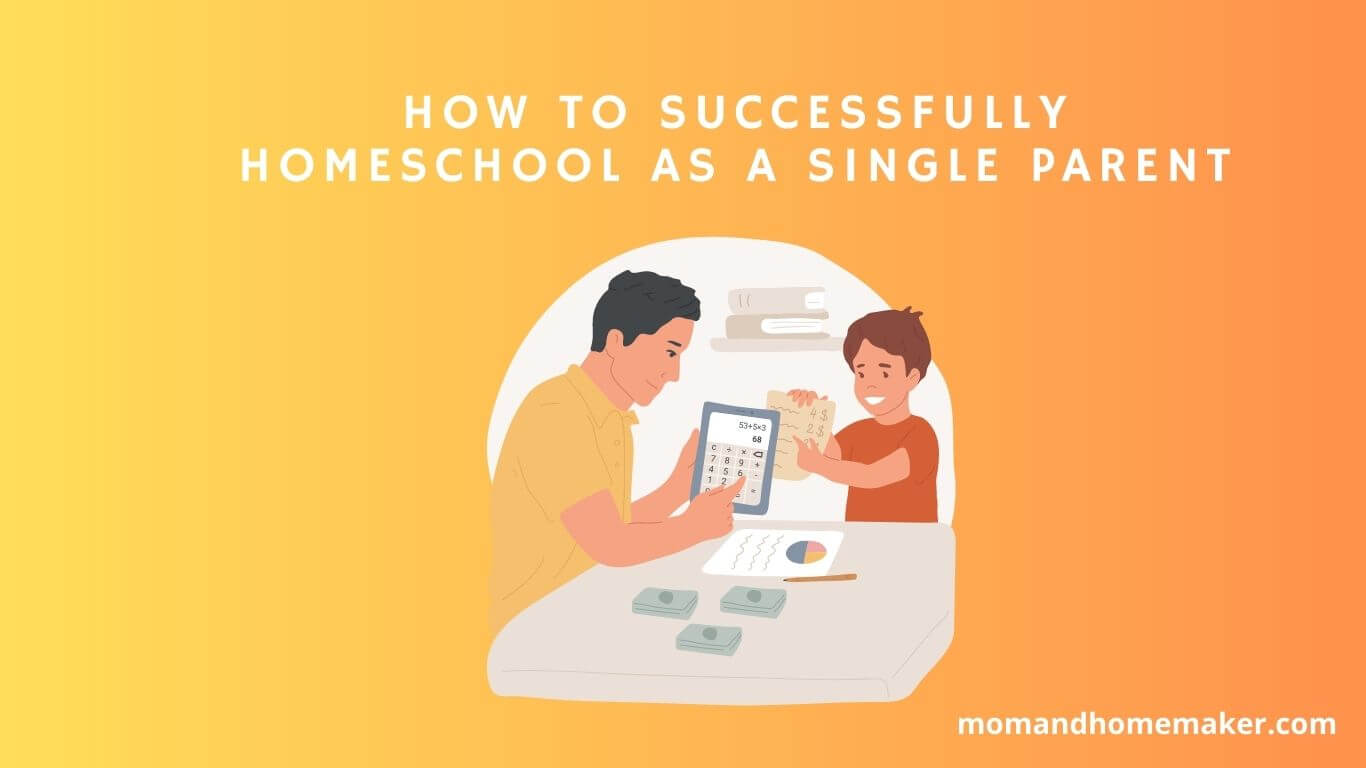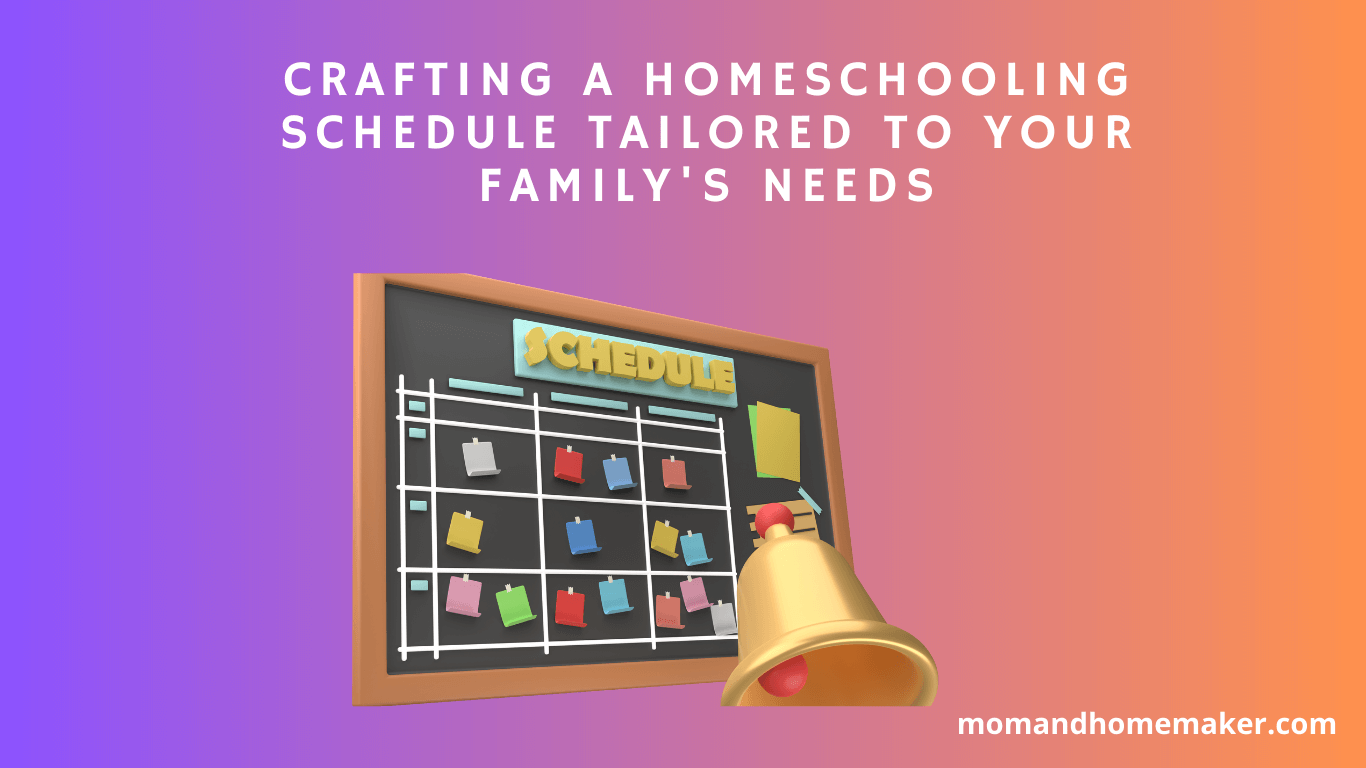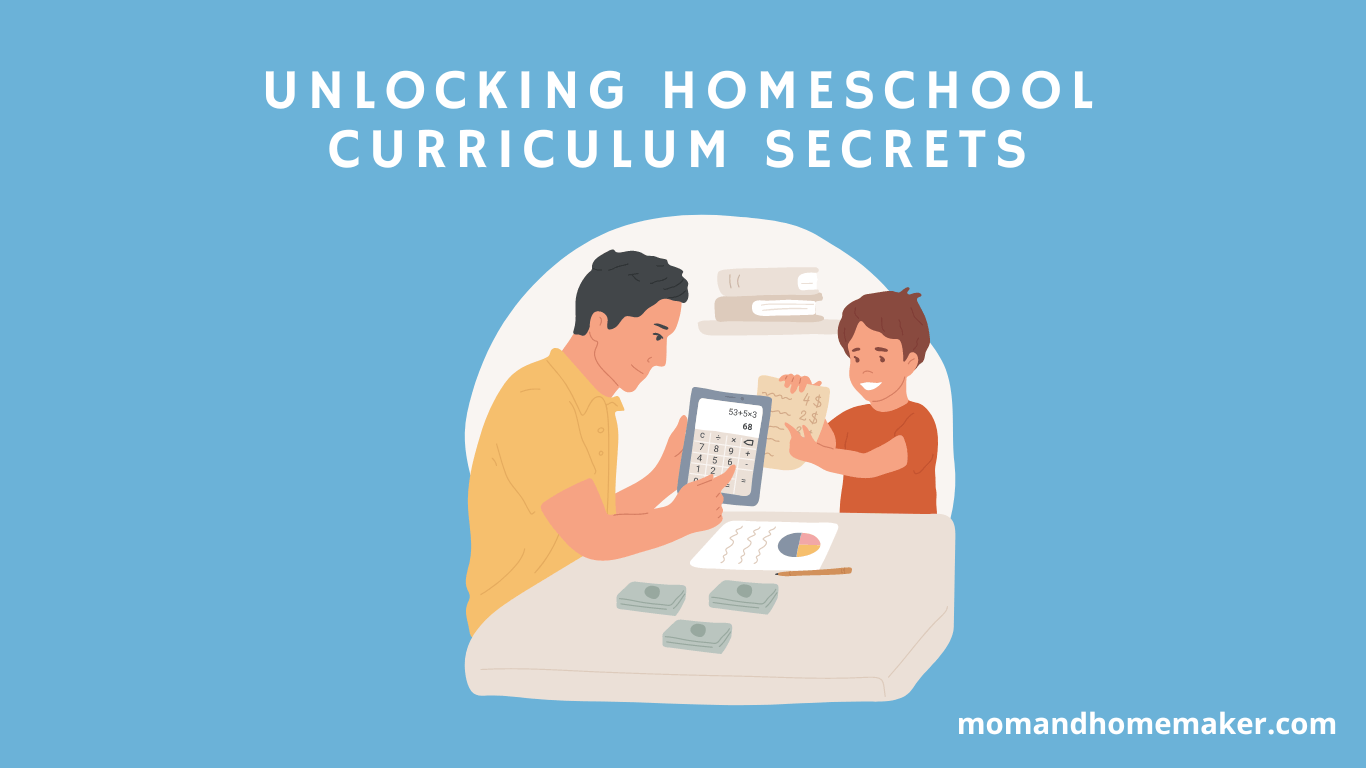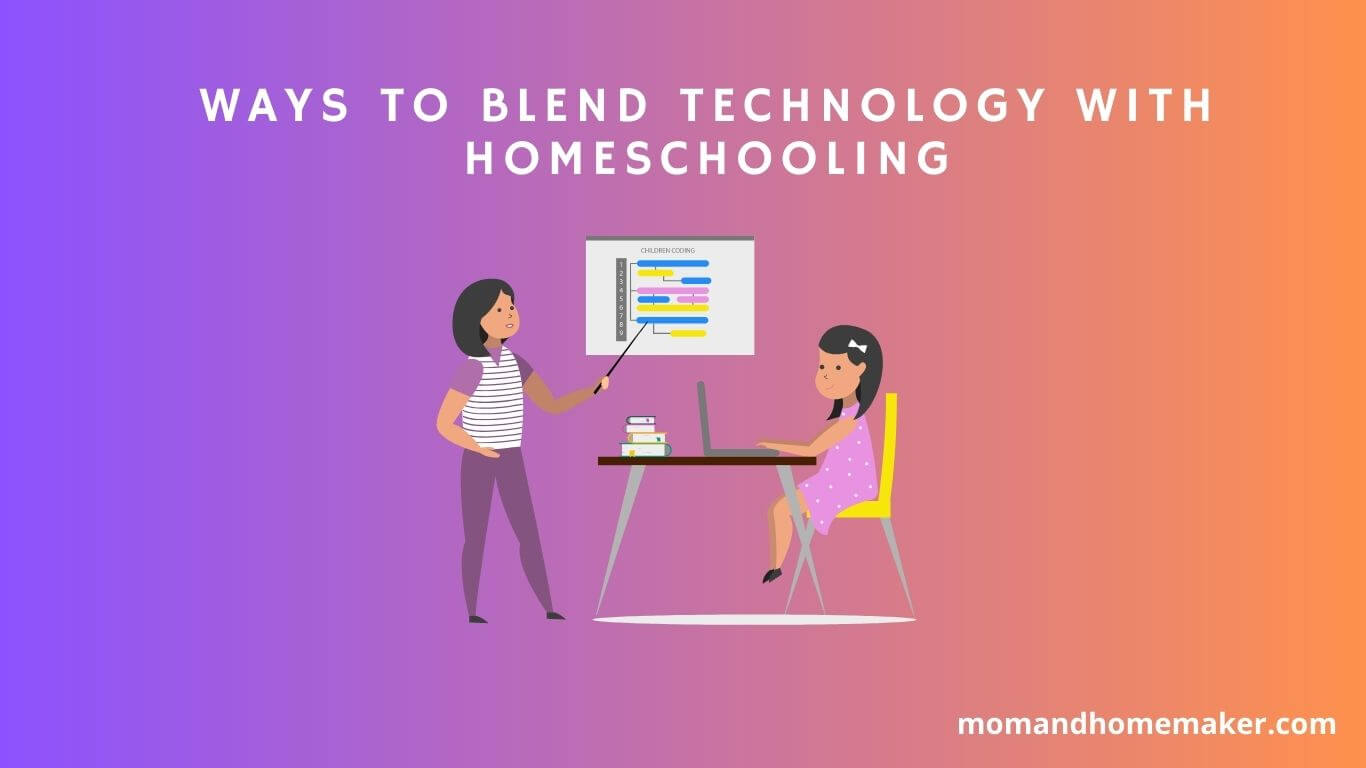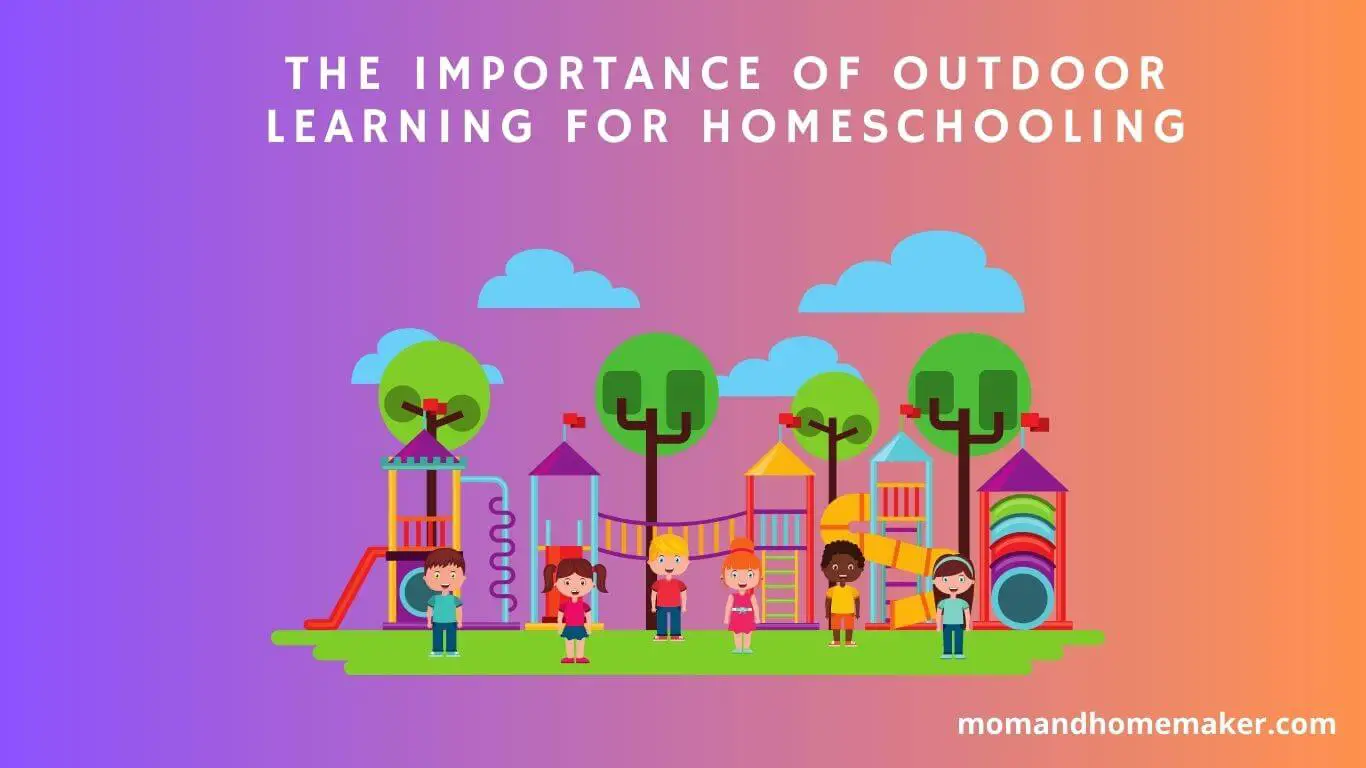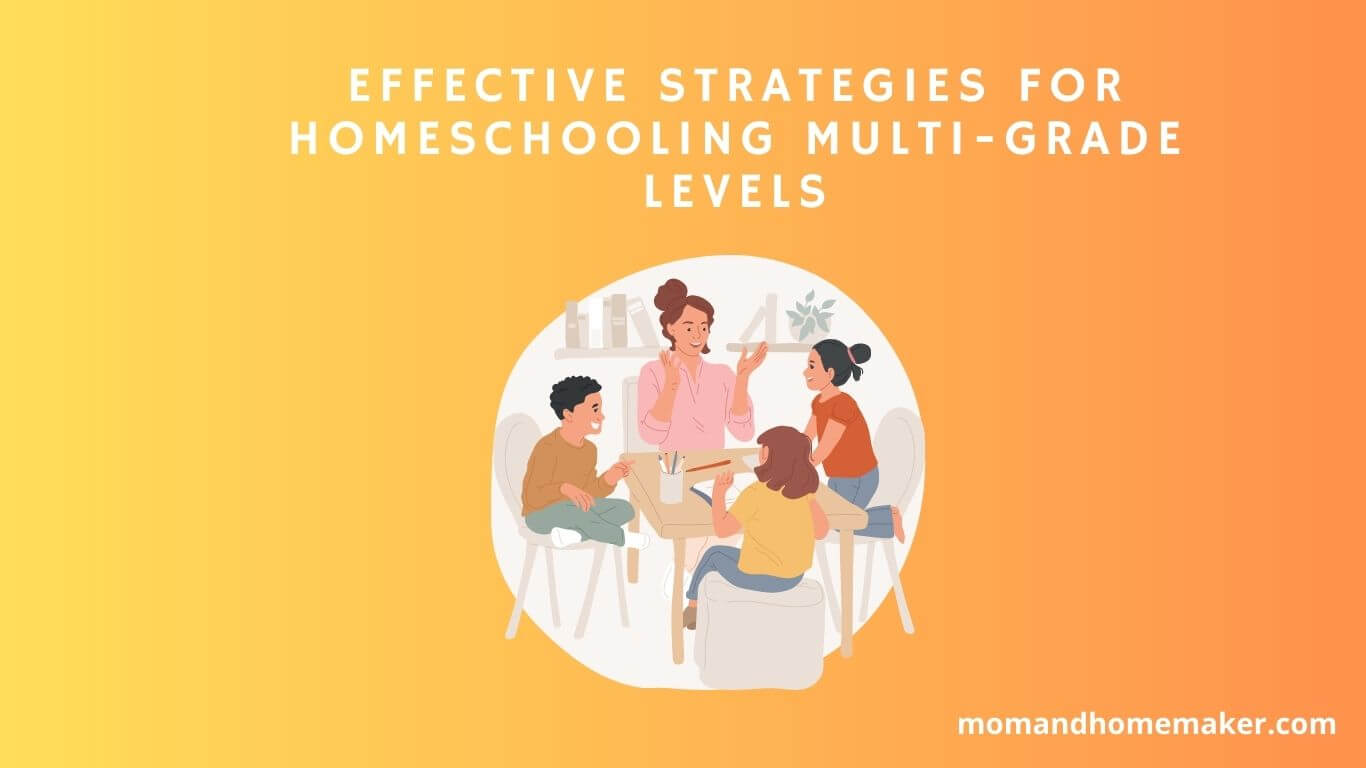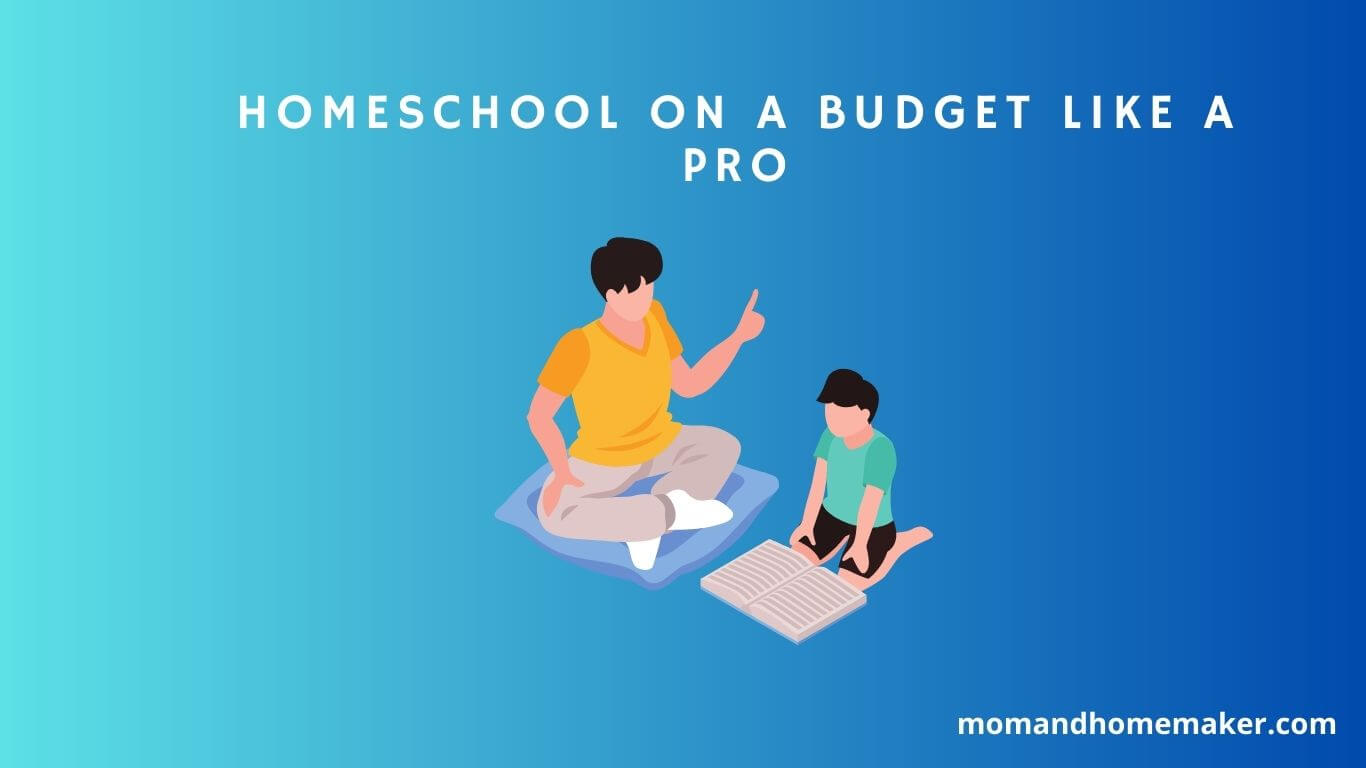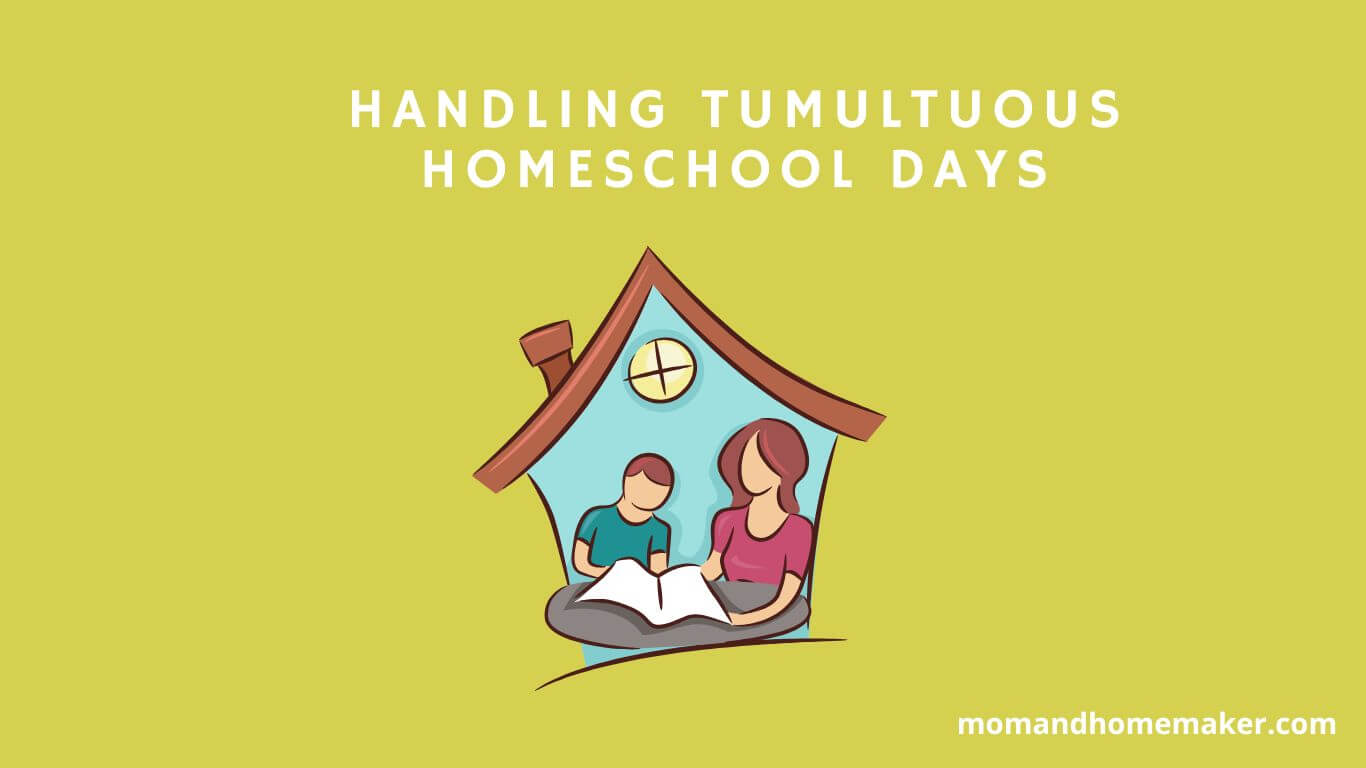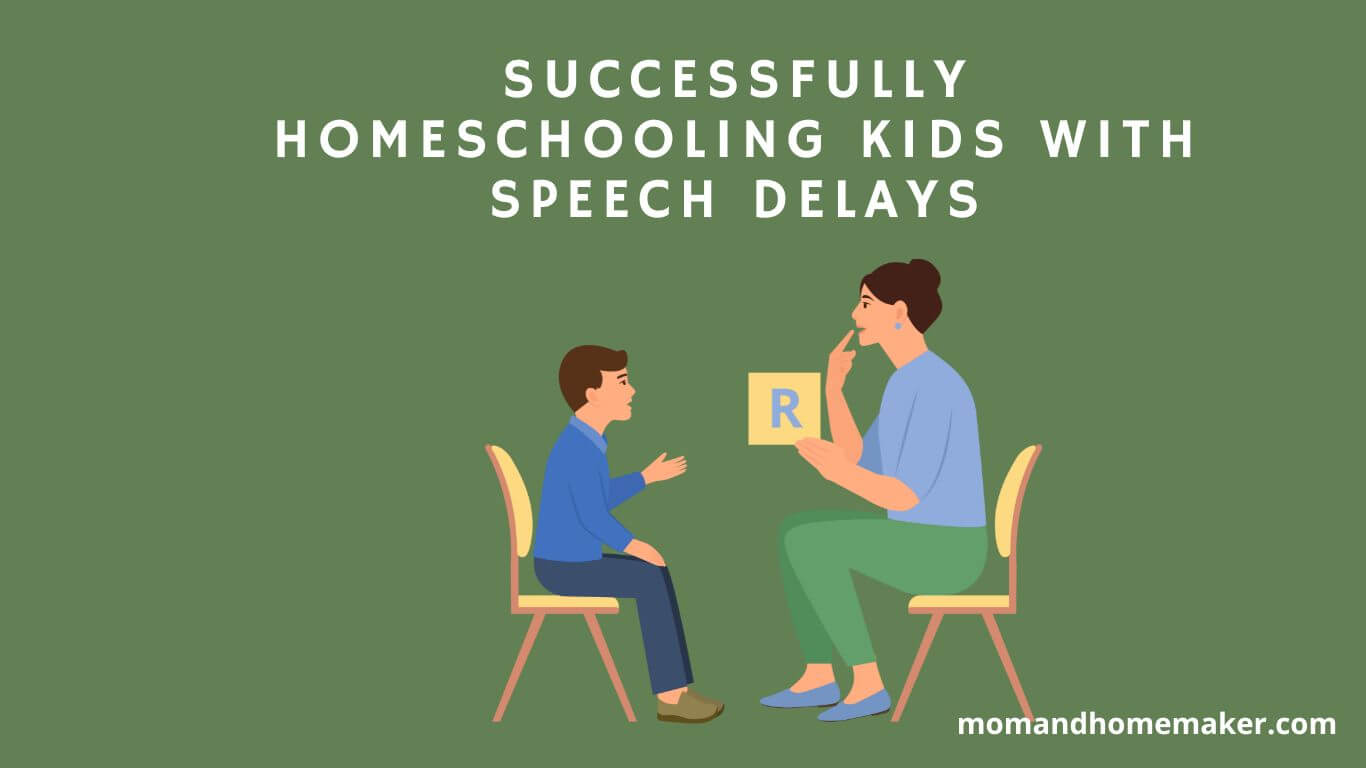Are you considering homeschooling your children but feeling overwhelmed by the thought of doing it on your own? Don’t worry, you’re not alone. Homeschooling as a single parent can be challenging, but it’s also incredibly rewarding. In this article, I’ll share some tips and strategies that will help you successfully homeschool your children while maintaining your sanity.
First and foremost, let me reassure you that homeschooling as a single parent is completely doable. It may require some extra effort and creativity on your part, but with the right mindset and resources, you can make it work.
One of the biggest advantages of homeschooling is the flexibility it provides. As a single parent, you have the freedom to create a schedule that works for you and your children. You don’t have to worry about conflicting work schedules or rushing to drop off and pick up your kids from school.
With homeschooling, you can tailor the curriculum to fit your family’s needs and interests, which can make learning more fun and engaging for everyone involved. So let’s dive in and explore how to make homeschooling as a single parent a success.
11 Ways To Successfully Homeschool As a Single Parent
1. Creating A Homeschooling Schedule
As a single parent homeschooling your child, it’s important to set boundaries and establish a consistent schedule. Without proper structure, it’s easy to lose focus and become overwhelmed. Start by determining the number of hours you will dedicate to homeschooling each day, then create a schedule that works best for you and your child. Incorporating breaks throughout the day is also crucial.
It’s easy to get caught up in the lesson plan and forget that children need time to rest and recharge. Make sure to include breaks for snacks, exercise or playtime, and even meditation or quiet time. Not only will this help your child stay focused during lessons, but it’ll also give you both an opportunity to decompress.
Remember, the beauty of homeschooling is the flexibility it provides. Don’t be afraid to adjust your schedule as needed or take days off when necessary. By setting boundaries and incorporating breaks into your daily routine, you’ll create a healthy balance that allows for both productivity and freedom.
2. Choosing The Right Curriculum
Is there really a foolproof way to choose the right curriculum for your child? As a homeschooling expert for single parents, I can tell you that it all depends on your child’s learning style and your budget.
There are different homeschooling styles such as traditional, unit studies, Charlotte Mason, and unschooling. Each style has its own approach to teaching and learning, so it’s important to know which one will work best for your child.
When it comes to budgeting for curriculum, you don’t have to break the bank. There are many free online resources available such as Khan Academy, Easy Peasy All-in-One Homeschool, and Ambleside Online. You can also find affordable options at used bookstores or online marketplaces such as eBay or Amazon. Don’t forget to attend homeschool conventions where you can find discounted curricula and connect with other homeschooling parents.
Remember that choosing the right curriculum is not a one-size-fits-all approach. It takes time and effort to find what works best for your child. Don’t be afraid to try different approaches until you find the one that fits your family’s needs.
3. Choosing Affordable Curriculum Options
Looking for affordable curriculum options can be challenging, but it’s essential to ensure that your homeschooling journey stays within your budget. One way to cut costs is through curriculum swaps. Reach out to other homeschooling families in your community and see if they’re willing to trade or sell their gently used materials. This not only saves you money but also provides a chance for your children to learn from different perspectives.
DIY materials are another cost-effective option for homeschoolers on a budget. Consider creating your own study guides or lesson plans using free resources available online. You can also utilize everyday items such as newspapers, magazines, and library books to supplement your curriculum. With a little creativity and resourcefulness, you can make the most of what you already have.
Incorporating affordable curriculum options doesn’t mean compromising on quality education for your children. By taking advantage of curriculum swaps and DIY materials, you’ll enable them to learn in new ways while keeping expenses low.
4. Finding Support And Resources
Now that you have chosen the right curriculum for your homeschooling journey as a single parent, it’s time to find support and resources. Homeschooling can be a lonely experience, but it doesn’t have to be. There are online communities and homeschool co-ops that can provide you with the support you need.
Online communities are a great resource for single parents who homeschool. You can connect with other homeschooling parents from all over the world, share ideas, and get advice. These communities offer a wealth of knowledge and support that you can tap into whenever you need it.
Homeschool co-ops are another excellent resource for single parents who homeschool. These groups typically consist of several families who come together to share teaching responsibilities or take turns teaching different subjects. They also organize field trips, social events, and other activities that allow your child to interact with other homeschooled kids. Co-ops provide a sense of community and support that can make your homeschooling journey more enjoyable.
- You’re not alone: Connect with like-minded individuals in online communities.
- Shared responsibility: Join a homeschool co-op to share teaching responsibilities.
- Socialization: Participate in field trips and social events organized by co-ops.
- Support system: Benefit from the emotional support of other single parents who homeschool.
- Flexibility: Enjoy the freedom to create a personalized learning plan for your child.
Balancing homeschooling and work can be challenging, but it’s not impossible. In the next section, we will explore some strategies that will help you manage your time effectively while juggling both responsibilities.
5. Creating A Thrifty Homeschool Space
As we’ve seen, there are plenty of free online resources available to homeschooling families. But what about creating a physical space for your child’s studies? This is where upcycling furniture and garage sale finds come in.
First off, consider the pieces of furniture you already have. Could they be repurposed as storage, shelving, or even a desk? A little creativity can go a long way, and it’s often cheaper than buying new items. If you do need to purchase something, hit up garage sales or thrift stores. You never know what treasures you may find that could serve your homeschooling needs.
Another cost-effective option is to create a multi-purpose space. For example, you could designate an area in your living room or dining room for homeschooling during the day and then use it for family activities at night. This allows you to maximize your space without having to dedicate an entire room solely for homeschooling.
6. Maximizing Learning Opportunities Through Everyday Activities
To maximize learning opportunities while homeschooling on a budget, you don’t need to look further than your own home and surroundings.
Nature exploration is an excellent way for children to learn about science, biology, and the environment. Take them out for a walk or hike in a local park or nature reserve. Encourage them to observe and identify different plants and animals, and teach them about the interdependence of living things in ecosystems.
Another way to incorporate learning into everyday activities is through kitchen science experiments. You can find many simple experiments online that use ingredients you already have at home, such as making homemade ice cream or creating a volcano with baking soda and vinegar. These experiments teach children about chemistry, physics, and math concepts while having fun in the kitchen.
By incorporating nature exploration and kitchen science into your homeschool routine, you can provide your children with valuable learning experiences without breaking the bank.
Remember that learning doesn’t only happen in textbooks or classrooms but can be found in everyday life situations. Foster a love for learning by encouraging curiosity and exploration in your children’s daily lives.
With these tips, you can make homeschooling an enjoyable experience for both you and your children while keeping it affordable. Homeschooling allows for freedom and flexibility that traditional schooling cannot provide, so take advantage of these opportunities to create unique learning experiences tailored to your child’s needs.
7. Balancing Homeschooling And Work
As a single parent, it’s essential to create a schedule that works for both your work and homeschooling needs. Adjusting schedules may seem like an impossible task, but it is necessary when it comes to balancing homeschooling and work. Start by identifying your priorities and creating a list of tasks that need to be accomplished each day. Then, determine how much time you need to devote to each activity and allocate your hours accordingly.
As a single parent, homeschooling can be an overwhelming task. While you are constantly juggling between teaching your child and managing household chores, it is crucial to prioritize self-care. Time management techniques can also play a significant role in balancing homeschooling with personal responsibilities. Creating a schedule that includes specific times for teaching, household chores, and self-care activities can help you stay organized and reduce stress levels. Set realistic goals for each day and aim to complete them within the designated time frame.
8. Set Realistic Expectations
Setting realistic expectations is an important strategy for homeschooling as a single parent. When homeschooling, it is essential to be realistic about the amount of time and effort that can be dedicated to the task. It is easy to get overwhelmed by the amount of work that needs to be done, so it is important to set achievable goals for each day.
This may mean that parents need to prioritize which tasks need to be completed each day and be realistic about what can be achieved. Setting realistic expectations also includes being realistic about the amount of help that can be given to the child. It is important to be realistic about the level of assistance that can be provided, as well as recognizing when additional help may be needed.
Setting realistic expectations also applies to the parent’s expectations of the child’s performance. As a single parent, it is important to recognize that learning is a process and that each child learns differently. It is important to have realistic expectations of the child’s progress and to be aware of the child’s individual learning style.
This can help the parent to be more effective in teaching the child, and to ensure that the learning process is positive and successful. Additionally, setting realistic expectations helps to reduce stress for both the parent and the child, and helps to ensure that the homeschooling experience is enjoyable for both.
9. Find a Support Network
Seeking support is an important strategy for homeschooling as a single parent. With the added responsibilities of parenting and homeschooling, single parents can find it difficult to manage the workload. Seeking support can help alleviate some of this stress and provide the necessary resources to ensure successful homeschooling.
Support can come from family and friends, other homeschooling parents in the community, or through online support groups. Having someone to talk to, bounce ideas off of, or ask for advice can provide the single parent with the emotional and technical support that is often necessary for homeschooling.
Single parents can benefit from joining local co-ops, where they can take part in homeschooling classes and activities with other parents and their children. This can provide social and educational opportunities for both the parent and the children. Finally, homeschooling support groups and organizations can be a great resource for single parents, providing them with access to educational materials, curriculum advice, and support from other parents.
10. Find Job Options that Allow you to Work from Home
Finding job options that allow you to work from home is a great strategy for homeschooling as a single parent. This can give a single parent the flexibility to create a schedule that works for both their job and homeschooling. Working from home can also reduce the financial burden of a single parent. Not having to pay for transportation to and from work can save a single parent money, which can be used to invest in homeschooling materials or activities.
Working from home can also give single parents the ability to take breaks throughout the day to focus on their homeschooling responsibilities. This can give a single parent the opportunity to be more present in their child’s learning process and create a more positive homeschooling experience for both parent and child. Working from home can also provide a sense of security for a single parent, knowing that their child is in a safe and comfortable environment. All of these benefits can give a single parent the support they need to successfully homeschool their child.
11. Believe that you can do it
Believing that you can successfully homeschool your child as a single parent is an essential strategy for success. This involves building a strong mental attitude that is focused on the potential for success. You must trust that you have the skills, knowledge, and resources to create a successful homeschooling environment. Remind yourself that you are capable of succeeding and that you can create an environment that will benefit your child in the long run.
To make this strategy work, focus on the positive aspects of homeschooling. Instead of thinking about the lack of time, money, or resources, think about the unique opportunities that homeschooling can provide. For example, homeschooling allows you to spend more time with your child, to tailor the curriculum to their individual needs, and to provide a different learning environment. Focusing on the positives can help to boost your confidence and create a more positive attitude towards homeschooling.
Finally, don’t forget to reach out for help when you need it. There are many resources available to single parents who are homeschooling, so don’t hesitate to ask for advice or support. With the right attitude and the right resources, you can succeed in homeschooling your child as a single parent.
Conclusion
In conclusion, homeschooling as a single parent can be a rewarding experience for both you and your child. It requires dedication, organization, and patience but with the right attitude and resources, you can make it work.
Remember to reach out to family and friends for support when needed and to celebrate your successes with your children. Homeschooling can provide many opportunities for learning, growth, and quality time that you wouldn’t otherwise have with your children if they attended traditional school.
.

